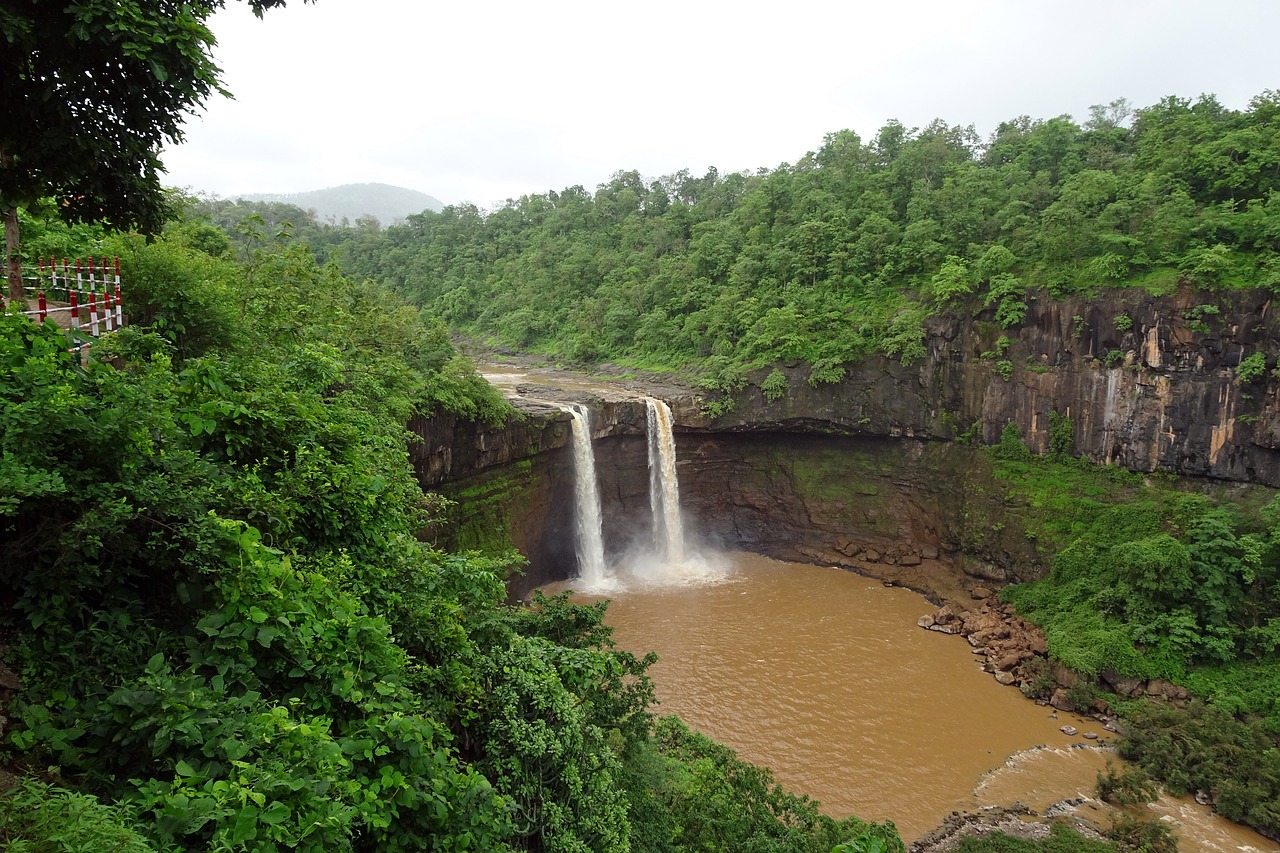Girma Fall

Girma fall, a phenomenon characterized by sudden and significant drops in agricultural production, poses a serious threat to food security and livelihoods in many regions. Understanding the causes, impacts, and potential mitigation and adaptation strategies is crucial to address this challenge effectively.
Mitigation Strategies for Girma Fall
Mitigating the risks associated with Girma fall requires a multi-faceted approach that addresses the underlying causes and vulnerabilities. This involves a combination of proactive measures aimed at reducing the likelihood and severity of Girma fall events.
- Improved Weather Forecasting and Early Warning Systems: Accurate and timely weather forecasts are essential for anticipating and preparing for potential Girma fall events. Investing in advanced weather monitoring systems and developing effective early warning systems can significantly enhance preparedness and enable timely interventions.
- Sustainable Land Management Practices: Promoting sustainable land management practices, such as conservation agriculture, agroforestry, and soil and water conservation, can improve soil health, enhance water retention, and increase resilience to climate variability. These practices can help mitigate the impacts of drought and other factors that contribute to Girma fall.
- Diversification of Crops and Livelihoods: Encouraging farmers to diversify their crops and income sources can reduce their vulnerability to Girma fall. By growing a variety of crops with different maturity periods and water requirements, farmers can mitigate the impact of crop failures.
- Climate-Smart Agriculture: Implementing climate-smart agriculture practices, such as drought-resistant varieties, improved irrigation techniques, and water-efficient technologies, can enhance crop yields and reduce the susceptibility to Girma fall.
Adaptation Strategies for Vulnerable Communities
Communities vulnerable to Girma fall need to adapt their livelihoods and practices to cope with the changing climate and its impacts. This requires a shift in focus towards strategies that build resilience and enhance adaptive capacity.
- Developing Alternative Livelihoods: Providing opportunities for alternative livelihoods, such as off-farm employment, micro-enterprises, and skills training, can reduce reliance on agriculture and enhance income security.
- Strengthening Social Safety Nets: Establishing robust social safety nets, including food assistance programs, income support schemes, and disaster relief mechanisms, can provide critical support to vulnerable communities during periods of Girma fall.
- Community-Based Disaster Risk Reduction: Empowering communities to participate in disaster risk reduction planning and preparedness can enhance their capacity to respond to Girma fall events. This includes developing early warning systems, establishing evacuation plans, and training community members in disaster response.
- Promoting Climate Change Education: Raising awareness about climate change and its impacts, particularly Girma fall, is crucial for fostering adaptive behavior and promoting sustainable practices. Education programs can empower individuals and communities to make informed decisions and take proactive steps to adapt to changing conditions.
Technological Advancements in Girma Fall Preparedness
Technological advancements play a critical role in enhancing Girma fall preparedness and response. These innovations provide valuable tools for monitoring, predicting, and mitigating the impacts of Girma fall.
- Remote Sensing and Geographic Information Systems (GIS): Remote sensing technologies, such as satellite imagery and aerial photography, can provide valuable data on crop health, soil moisture, and other indicators of Girma fall risk. GIS systems can then be used to analyze this data and generate maps and visualizations that support decision-making and resource allocation.
- Precision Agriculture Technologies: Precision agriculture technologies, such as variable-rate fertilization, site-specific irrigation, and crop monitoring systems, can optimize resource use and enhance crop yields. These technologies can help farmers adapt to changing conditions and mitigate the impacts of Girma fall.
- Climate Modeling and Forecasting: Advancements in climate modeling and forecasting provide more accurate predictions of weather patterns and Girma fall events. This information can enable early warning systems and support timely interventions.
- Information and Communication Technologies (ICT): ICT tools, such as mobile phones and the internet, can facilitate communication, dissemination of information, and coordination of response efforts. This is crucial for disseminating early warnings, providing agricultural advisories, and connecting farmers with markets.
Public Awareness and Education on Girma Fall
Public awareness and education are essential for fostering a proactive approach to Girma fall preparedness and mitigation. This involves raising awareness about the phenomenon, its causes, impacts, and the importance of individual and collective action.
- Community Outreach Programs: Implementing community outreach programs that educate individuals and communities about Girma fall, its risks, and adaptation strategies can empower people to take action.
- School Curriculum Integration: Integrating climate change and Girma fall into school curricula can educate future generations about the phenomenon and foster a sense of responsibility for sustainable practices.
- Media Campaigns: Utilizing media platforms, such as television, radio, and social media, to disseminate information about Girma fall and promote adaptation strategies can reach a wider audience.
- Government and Stakeholder Collaboration: Collaboration between governments, research institutions, NGOs, and community organizations is crucial for developing and implementing effective public awareness and education programs.
Girma Fall, a renowned artist, once described his creative process as a journey through a world of vibrant hues. He often sought inspiration from the everyday, finding beauty in the simplest things, like the soft, calming shade of a sky blue leather chair.
This particular shade, he said, reminded him of a clear, expansive sky, a feeling he aimed to capture in his abstract paintings.
The news of Girma’s fall sent shockwaves through the athletics world, leaving fans wondering about his recovery. While we wait for updates on his return, it’s worth checking in on his teammate Lamecha Girma, who’s also been dealing with injury.
You can find the latest on Lamecha’s recovery here: lamecha girma injury update. Hopefully, both athletes will be back on the track soon, inspiring us with their incredible talent.